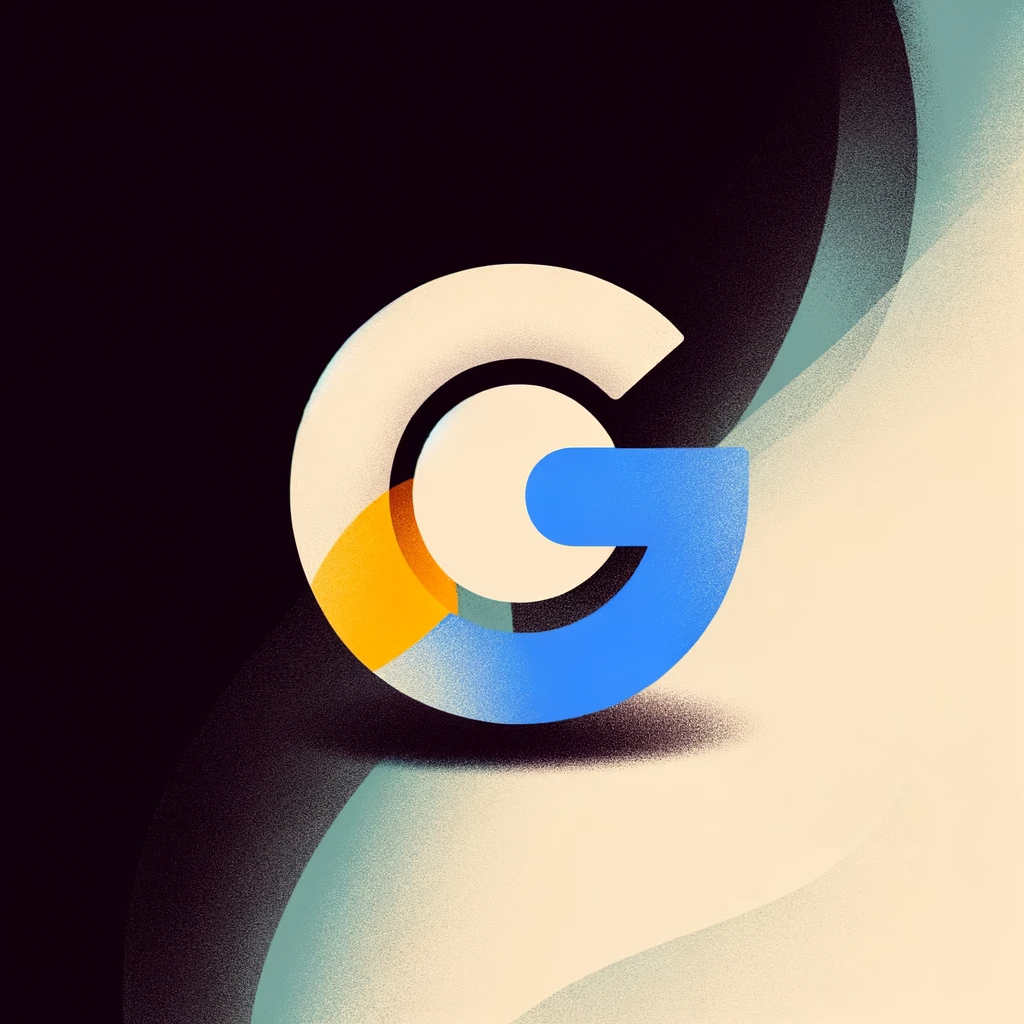In the age of Google, knowledge has become more accessible than ever before. With just a few clicks, we can find answers to almost any question we have. However, there have been unintended consequences to this convenience. Google’s dominance in shaping the way we create and consume knowledge has led to some drawbacks that are now being addressed by ChatGPT.
One of the main issues is how search engine optimization (SEO) has influenced the way content is written and presented. In an effort to rank higher in search results, creators have been focusing on making their content more clickable and appealing. Clickbait titles and techniques have become prevalent, often overshadowing the quality and accuracy of the content itself.
This trend is not limited to written articles. Even YouTube videos have been optimized for maximum watch time, with creators stretching their videos to the 10-minute mark to please the YouTube algorithm. Viewers are often enticed to watch until the end for the best part, leading to a proliferation of filler content and excessive advertising.
The internet as a whole has become a breeding ground for clickbait and chopped articles, making it increasingly difficult to find reliable and substantial information. It’s like navigating a maze filled with advertisements and cliffs of sensationalized headlines.
Fortunately, ChatGPT is now changing the game. This powerful language model is revolutionizing the way we interact with information. It personalizes answers and tailors them to our specific needs, eliminating the need to sift through mountains of irrelevant content.
With ChatGPT, finding important and accurate information no longer feels like solving a mystery or embarking on an adventure fraught with obstacles. It cuts through the noise and delivers meaningful insights, allowing us to delve deeper into our areas of interest.
In the post-Google era, we have the opportunity to reshape the way knowledge is created and made available. We should prioritize simplicity and accessibility, ensuring that knowledge is explained in straightforward terms and accessible to everyone.
As we embrace the potential of ChatGPT and other emerging technologies, we can move towards a brighter future where knowledge is not dictated by profit-driven algorithms. It’s time to reclaim the purity of knowledge and empower individuals to explore and learn in a more meaningful and authentic way.
Let’s embark on this new era together, where knowledge reigns supreme and the boundaries of discovery are limitless.
Here are some examples of how content should be created to meet these guidelines:
- Simple Language: Instead of using complex technical terms, explain concepts in a way that is accessible to a wide range of readers. For example, if you’re writing about quantum physics, break down the concepts into relatable analogies that anyone can understand.
- Clear and Concise: Avoid long, convoluted sentences and paragraphs. Use short, straightforward sentences to convey information effectively. Bullet points or numbered lists can also help to organize and present information in a clear manner.
- Visual Aids: Incorporate visual aids such as diagrams, charts, or infographics to supplement the text and enhance understanding. For instance, if you’re explaining a step-by-step process, a flowchart can visually represent the sequence of actions.
- Real-life Examples: Include real-life scenarios or case studies to illustrate concepts and make them relatable to readers. For instance, if you’re discussing the impact of climate change, share stories of individuals or communities affected by it to create empathy and understanding.
- References and Citations: Support your claims and statements with credible sources. Provide references and citations to academic papers, research studies, or reputable sources to validate the information you present. This helps to build trust and credibility with your audience.
By following these guidelines, we can create content that is accessible, informative, and engaging, ensuring that your audience can easily grasp and benefit from the knowledge you share.
